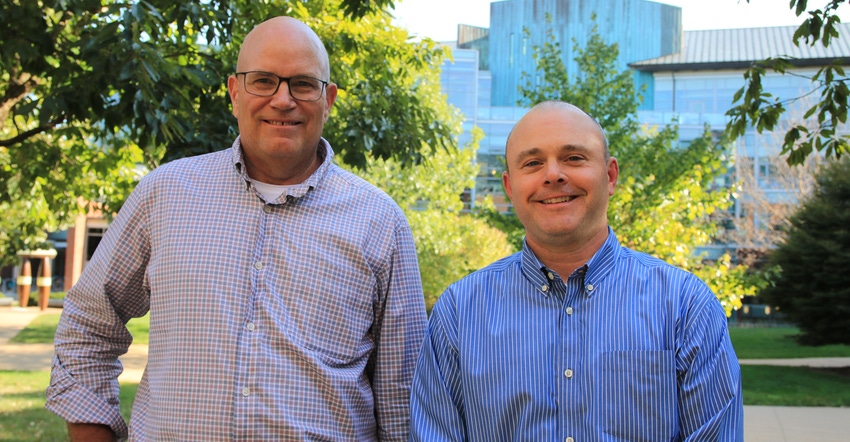
From the perspective of Jonathan Coppess, a University of Illinois professor specializing in ag policy, it’s not time yet to think about another Market Facilitation Program now that the coronavirus crisis has stalled the wider U.S. economy.
“From my perspective, it is way too early to be talking about another MFP, or other direct assistance, given that we have such vast uncertainties around the economy with this pandemic issue and response,” he says, noting weather and planting complications are in the air too.
“That level of uncertainty counsels against rushing,” Coppess says. “If we’re looking at this as the kind of emergency and crisis situation that we have, then we want to prioritize our response and our efforts — prioritize the staff and the capabilities of USDA.”
While the Trump administration has so far only used the Defense Production Act put in place during the Korean War to mandate private companies make more ventilators, Coppess says the law could be levied on the agricultural sector.
Under the law, the Farm Service Agency of USDA can purchase, deliver and prioritize shipments, though how those details would work amid a quarantine rather than wartime are likely still being worked out, Coppess says.
USDA will focus first and foremost on perishable commodities such as livestock, eggs and dairy in efforts to keep supplies moving in response to localized shortages.
Price outlook
In looking at projected farm income, U of I ag economist Gary Schnitkey used a model 2,000-acre farm where 20% of the acres are owned and the rest are rented.
“Post-COVID-19, we’re looking at a $3.30 corn price, $8.40 soybean price, and we’re assuming those would generate some significant 2020 ARC [Agriculture Risk Coverage] and PLC [Price Loss Coverage] payments, which would occur actually in 2021,” Schnitkey says, noting that at trend-line yields of 225-bushel corn and 70-bushel soybeans, the model farm goes into the red with negative $57,000 income.
“If we are above trend-line yields — like we were in 2018, 2017, 2016 — we’d have $9,000 of net income,” he says, concluding that an MFP payment of $60 an acre could raise net income to $26,000.
About the Author(s)
You May Also Like




